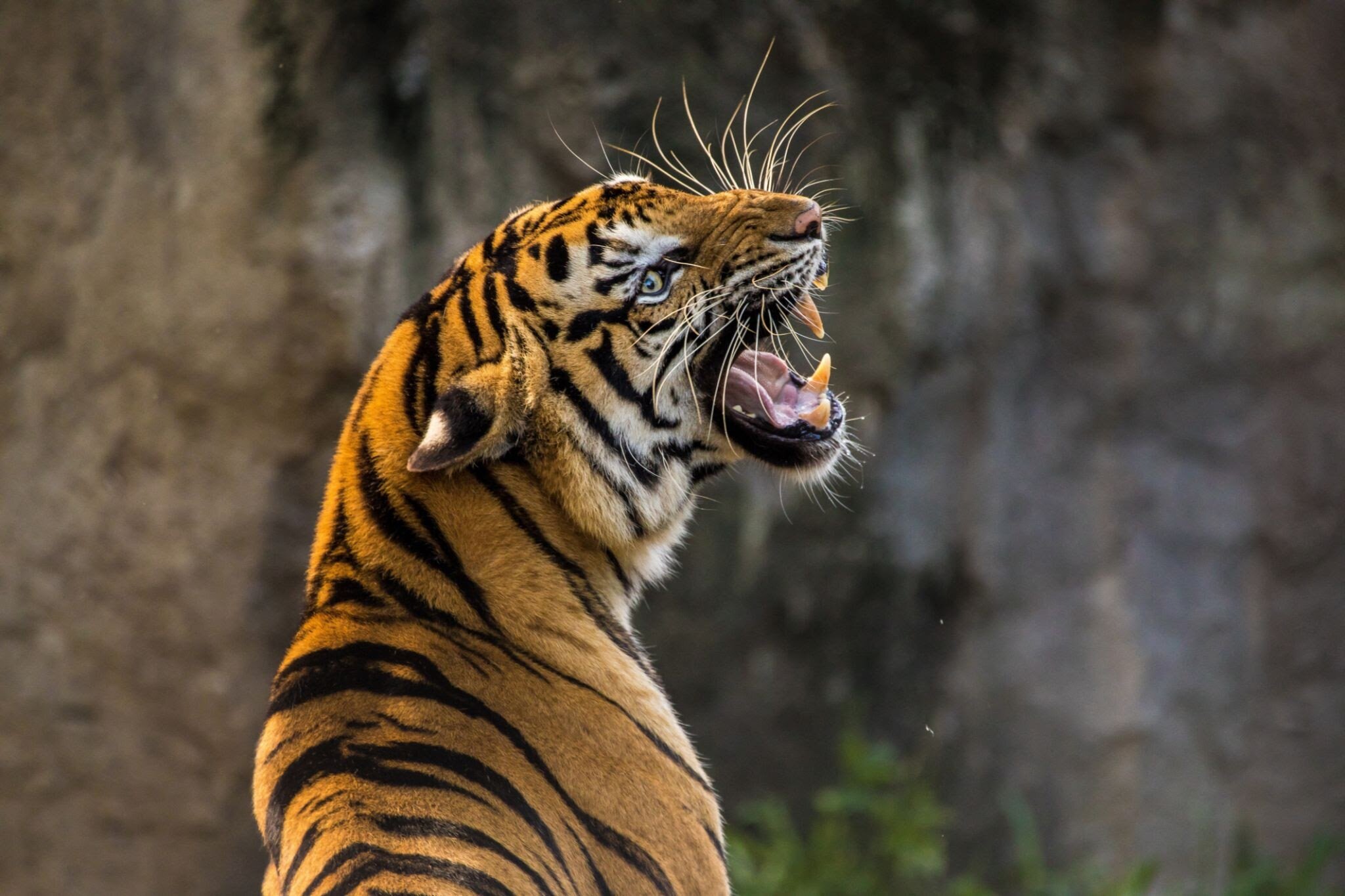-
Posts
6,364 -
Joined
-
Last visited
About George001

Profile Information
-
Location:
Foxborough MA
-
Interests
Warmer weather
Recent Profile Visitors
11,792 profile views
-
As someone who agrees with a lot of the points you are making, dude you need to cut this shit out. I’m all for calling idiots idiots, but look at Yanksfans post history, he is not some dumbass climate change denier. Seems to me like he was just busting your balls, that kind of response to a joke is uncalled for.
-
I agree with Bluewave for the most part, but calling most of the people here dumb isnt productive nor is it true. Don’t get me wrong, blatant climate change denial is dumb, and I am not afraid to call people who believe that bullshit dumb. However, im not seeing that here. As someone who agrees with a good 90% of what Bluewave says, I actually think it is a good thing that people are challenging his theories and offering different points of view. There is room for debate in regards to the degree of attribution and how much our recent bad stretch is due to climate change vs just plain old bad luck.
-
I would rather have a repeat of this past winter than 09-10.
-

Winter Outlook 2024-2025
George001 replied to 40/70 Benchmark's topic in Weather Forecasting and Discussion
Yep, nice call -
The sample size isn’t large enough to know for sure one way or another, but given that AGW is accelerating rather than just steadily increasing, it’s worth keeping an open mind about his ideas. The snow decline is already happening in some southern areas, and it started before 2016. It’s a logical assumption to make that with additional warming since then, some areas farther north reached a tipping point. There isn’t anything wrong with discussing ideas about what the future holds and trying to figure out what is going on. There is no malicious agenda pushing going on here. If Bluewave is right he’s right, if he’s wrong he’s wrong. Maybe he’s right about some things, wrong about others (I would bet on this one). We all have our biases, but Bluewave is a fairly objective poster.
-
I disagree with his methodology. Even if he is right, it won’t be because of a 2nd la nada winter in a row. Basing a winter forecast strictly off ENSO is already dubious to begin with, when ENSO is that weak it is a better idea to rely on other things. Also, like Chuck said the sample size is way too small. Personally, I haven’t even began to narrow down my analog years yet. I just think it is way too early.
-
Agreed, I hope Snowman19 is right. I’ll gladly roll the dice with ENSO neutral.
-
Unfortunately too late as winter ended 3 weeks ago, but this is good news for next year if it continues.
-
Yeah we needed this setup a month ago
-
Looks like a classic elevation storm. Some guidance is more aggressive (RGEM/CMC) for eastern areas but I am very skeptical of that outcome in mid April with marginal temps. I would like to be wrong but at this time of year I have an “I’ll believe it when I see it” attitude about modeled snow.
-
What ENSO state would you favor right now? I think another La Niña is very possible. Probably wouldn’t be very strong though
-
Looks like a classic early spring elevation event.
-
967mb low over the cape
-
Hopefully it stays weak if a Nino does develop.
-
Not in New England. I am of the opinion that we are getting slammed in the first half of March.








